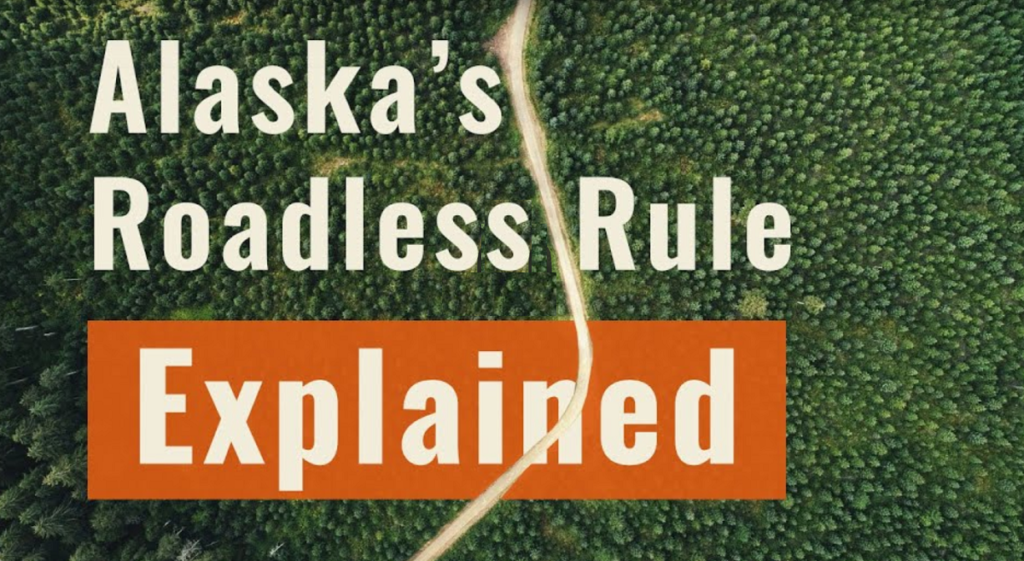Alaska’s national forests and the Roadless Rule, explained

Together with our friends at Salmon State and Trout Unlimited-Alaska, we are proud to team up to explain how the federal Roadless Rule protects Alaska’s Tongass National Forest.
Alaska’s public lands are the places that Alaskans count on for fishing, hunting and recreating. They sustain long-standing outdoor traditions and help us create new ones, and our goal at Alaska Wilderness League is to preserve these places not just for current generations, but for generations to come.
That’s why we thought it was important to explain a little bit more about the Roadless Rule — what it does and what it doesn’t do in the state of Alaska.
What it does: The Roadless Rule preserves national forest lands by preventing uneconomical, unsustainable logging road construction in places that serve large scale old-growth logging interests.
What it doesn’t do: The Roadless Rule doesn’t indiscriminately prevent all roads. Since it was established, all 57 requests to build roads that benefit community interests, ranging from hydroelectric development to community infrastructure needs, have been granted by the U.S. Forest Service.
Given the Roadless Rule’s flexibility, it’s no wonder that Alaskans support it, as it protects the places that Alaskans count on for many different uses. The list of supporters in Southeast Alaska is long, and we hope a better understanding of its realities will show even more Alaskans and individuals across the country what is at stake if the Roadless Rule is removed for the region.

Unfortunately, that is precisely what President Trump, Alaska Governor Mike Dunleavy and Alaska’s congressional delegation are working toward today. Soon after Trump and Dunleavy met on Air Force One in mid-2019, the Forest Service released a proposal that would fully exempt the Tongass National Forest from the Roadless Rule, impacting more than 9 million acres that are protected today and benefitting private logging interests with little regard to what Alaskans want for their public lands. We could see the final plan released as early as summer of 2020.
Just finished meeting with President @realDonaldTrump on Air Force 1 while he is refueling at JBER. pic.twitter.com/y3pjww8KbF
— Governor Mike Dunleavy (@GovDunleavy) June 27, 2019

For those around the country who want to get involved, you can write your lawmaker and ask that they support the Roadless Area Conservation Act, which would keep this rule in place within Alaska and the rest of the country alike.

